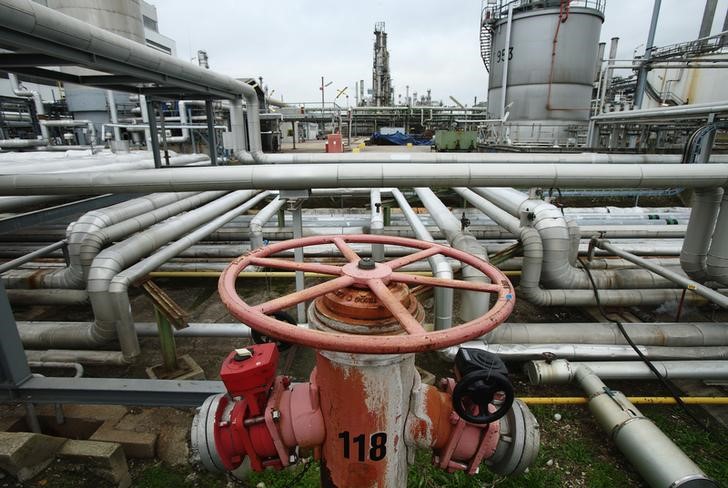By Gina Lee
Investing.com – Oil was up on Monday morning in Asia, but the rapidly spreading omicron COVID-19 variant raises fuel demand concerns. However, losses were curbed by supply disruptions in both Kazakhstan and Libya.
Brent oil futures was up 0.37% to $82.08 by 9:48 PM ET (2:48 AM GMT). WTI Futures jumped 0.33% to $79.16 remaining under the $80 mark.
Investors digested the latest U.S. jobs report, including non-farm payrolls, released last week. They also digested a report from Baker Hughes Co. that said the oil and gas rig count rose two to 588 in the week to Jan. 7, its highest since April 2020.
In Asia Pacific, mass testing took place in China’s northern city of Tianjin, with two community cases confirmed as being the omicron COVID-19 variant. This could further impact fuel demand in the world’s largest oil importer.
However, supply disruptions elsewhere are likely to give the black liquid a boost.
In Kazakhstan, security forces appeared to have controlled protests in the city of Almaty and President Kassym-Jomart Tokayev said constitutional order had mostly been restored. The protests began in the country’s oil-rich western regions over the removal of state price caps on butane and propane on Jan. 1.
Production at Kazakhstan's strategic oilfield Tengiz was reduced on Thursday as some contractors disrupted train lines in support of the protests, according to operator Chevron Corp. (NYSE:CVX) However, normal output is now slowly recovering, Chevron added.
Production in Libya also dropped to 729,000 barrels per day from a high of 1.3 million bpd in 2021, in part due to pipeline maintenance work.
Meanwhile, supply from the Organization of the Petroleum Exporting Countries and allies, or OPEC+, is failing to keep up with demand growth. The cartel’s output in December 2021 rose by 70,000 bpd from the previous month, versus the 253,000-bpd increase allowed under a supply deal that year.
